Elbow Conditions
- Elbow Fractures
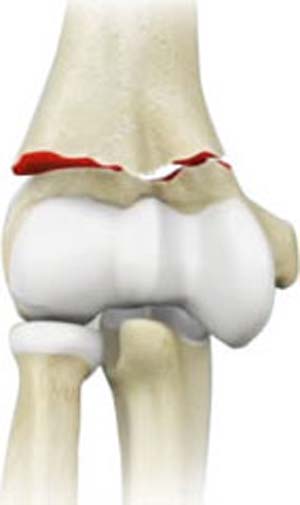
Elbow fractures may occur from trauma, resulting from various reasons: a fall on an outstretched arm, a direct blow to the elbow or an abnormal twist to the joint beyond its functional limit.
Know More Launch Movie - Adult Forearm Fractures
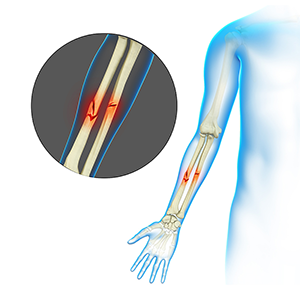
The forearm is made up of 2 bones, namely, the radius and ulna. The primary function of your forearm is rotation i.e., the ability to turn your palm up and down.
Know More - Distal Radius Fractures
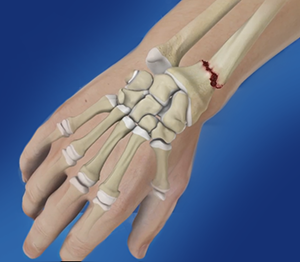
The forearm consists of two bones, the radius and ulna. The radius is the larger of the two forearm bones, and the region towards the wrist is called the distal end.
Know More - Distal Humerus Fractures of the Elbow
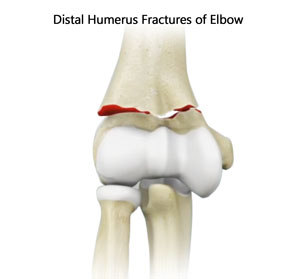
Injury in the distal humerus can cause impairment in the function of the elbow joint. A distal humerus fracture is a rare condition that occurs when there is a break in the lower end of the humerus.
Know More - Radial Head Fractures of the Elbow
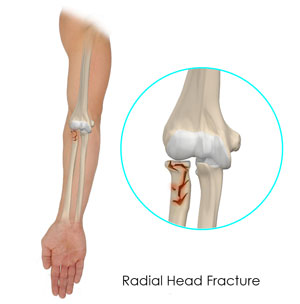
Radial head fractures are very common and occur in almost 20% of acute elbow injuries. Elbow dislocations are generally associated with radial head fractures. Radial head fractures are more common in women than in men and occur more frequently in the age group of 30 to 40 years.
Know More - Elbow Contracture
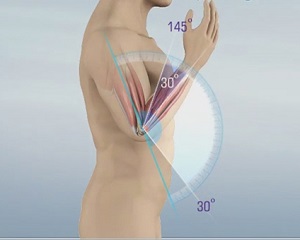
Elbow contracture refers to a stiff elbow with a limited range of motion. It is a common complication following elbow surgery, fractures, dislocations, and burns.
Know More Launch Movie - Mid-shaft Humerus Fracture
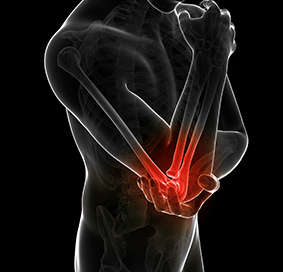
A mid-shaft humerus fracture is a common type of humerus fracture that occurs along the mid-section of the humerus or upper arm bone.
Know More





